
Americans are brewing tea. In this time of change and uncertainty, creating a tea ritual is the perfect way to enhance our physical and mental well-being.
Tea contains polyphenols, which are powerful antioxidants. Studies have linked tea to better cardiac health, blood pressure reduction and anti-aging benefits. Also trending in popularity is bright green matcha, made from crushed tea leaves. Steamed into a frothy latte or whisked into a cold brew, matcha boosts energy and metabolism and delivers a mighty dose of antioxidants. Depending on the brew you choose, tea can soothe or stimulate. Iced tea is a refreshing and healthy substitute for soda and other sugary drinks. With so many blends of tea in the marketplace, there is a tea for every taste and mood.
“Tea is a source of joy and comfort and solace,” says Steve Schwartz, owner and master blender of the Los Angeles-based company Art of Tea. “Drinking tea gives a sense of time and a sense of place.”
Legend has it that Chinese Emperor Nun Shen was visiting the far corners of his realm, when he and his servants stopped to boil water. A gust of wind blew some leaves from a tea tree into his pot, creating an aromatic brew. He became enthralled and introduced the fragrant brew to his subjects. History records that the Chinese have been drinking tea for more than 2,000 years.
In the sixth century, drinking tea spread to Korea and Japan, where green tea was elevated into the art of the Japanese tea ceremony and a part of the meditation process of Zen Buddhism.
Tea came to the Occident through the ancient Silk Road, which stretched from China to the Mediterranean. The precious tea leaves were so desirable that they were traded for jewels, spices and ponies.
In 1650, Dutch traders brought shipments of tea to Europe, where it slowly gained popularity.
Depending on the brew you choose, tea can soothe or stimulate. With so many blends of tea in the marketplace, there is a tea for every taste and mood.
The British started to drink tea in the late 17th century, and gifted the world the divine ritual of afternoon tea, a delicious repast of sandwiches filled with ingredients like smoked salmon, cucumber and egg with watercress, scones with fresh strawberries and whipped cream and sweet pastries, all served on delightfully floral, fine bone china.
Kalman Zev Wissotzky founded his eponymous company in Moscow in 1849, becoming the purveyor of tea to the Russian czar and the Russian military and the largest tea company in the world. When the company was nationalized after the Bolshevik revolution, the family rebuilt in Palestine, becoming the largest tea company there, with offices in London and the United States.
Rachel’s turn: No meal in a North African household is complete without the ritual of drinking mint tea from gold-painted and jewel-toned Moroccan tea glasses. My family makes fragrant and delicious Nana tea with a lot of fresh mint. If there’s some lemon verbena growing in the yard, we will add a branch to the pot. Several times a year, when the orange trees bloom with their sweet flowers, we can add orange blossoms to our teapot as a special treat. On Shabbat, when my family gathers, it’s my oldest brother’s job to pour the tea, and he’s become adept at pouring the liquid from high above the glass.
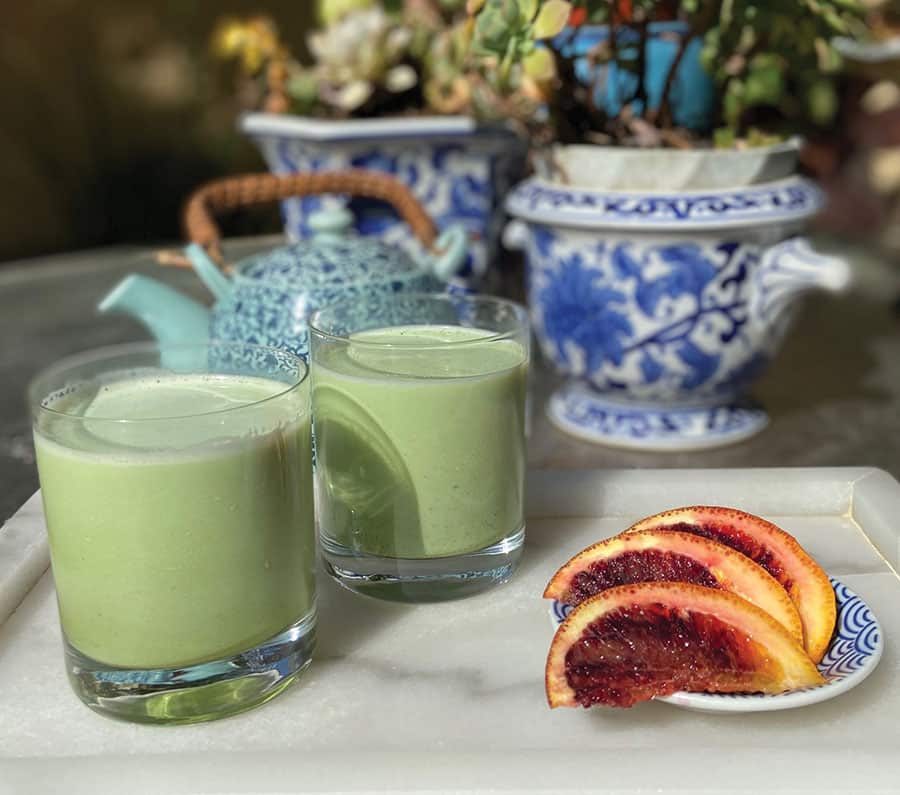
Sharon’s turn: My fondest memories as a child are of drinking tea with my grandmother. When my husband married into my Iraqi family, he made it his personal quest to learn how to brew a cup of tea as delicious as my grandmother’s. Her secret was black tea flavored with fresh mint and a generous dose of freshly ground cardamom, a spice that lends a strong, uniquely cool and aromatic flavor. One of the few phrases that my husband speaks in Hebrew is “Rot’za te?” (Would you like tea?). And that’s when I know I’m getting a mug of her special tea.
When the world reopens, there are so many places we’d like to sit and enjoy tea: Urth Caffe brews a fabulous white jasmine pearl tea and there’s nothing quite like the mango passionfruit tea at the Windows Lounge in the Four Seasons Hotel in Beverly Hills. We’re looking forward to visiting the Huntington Library, Art Museum, and Botanical Gardens in San Marino, where the Rose Garden Tea Room serves the Art of Tea’s delicious black tea infused with rose essences and fruit botanicals and where we can savor a Sencha green tea overlooking the lake in the Garden of Flowing Fragrance.
In the meantime, explore the rejuvenating powers of tea with this special master course from Art of Tea. Sign up by June 15 with 50% off for readers of the Journal who subscribe to its “become a tea expert” program at https://www.artoftea.com/pages/art-of-tea-academy-level-up-your-tea-game. With coupon code TRIBE50. You can also follow them on Instagram at https://www.instagram.com/artofteala/.
Rachel Sheff’s family roots are Spanish Moroccan. Sharon Gomperts’ family hails from Baghdad and El Azair in Iraq. Known as the Sephardic Spice Girls, they have collaborated on the Sephardic Educational Center’s projects, SEC Food Group and community cooking classes. Join them on Facebook at SEC FOOD.










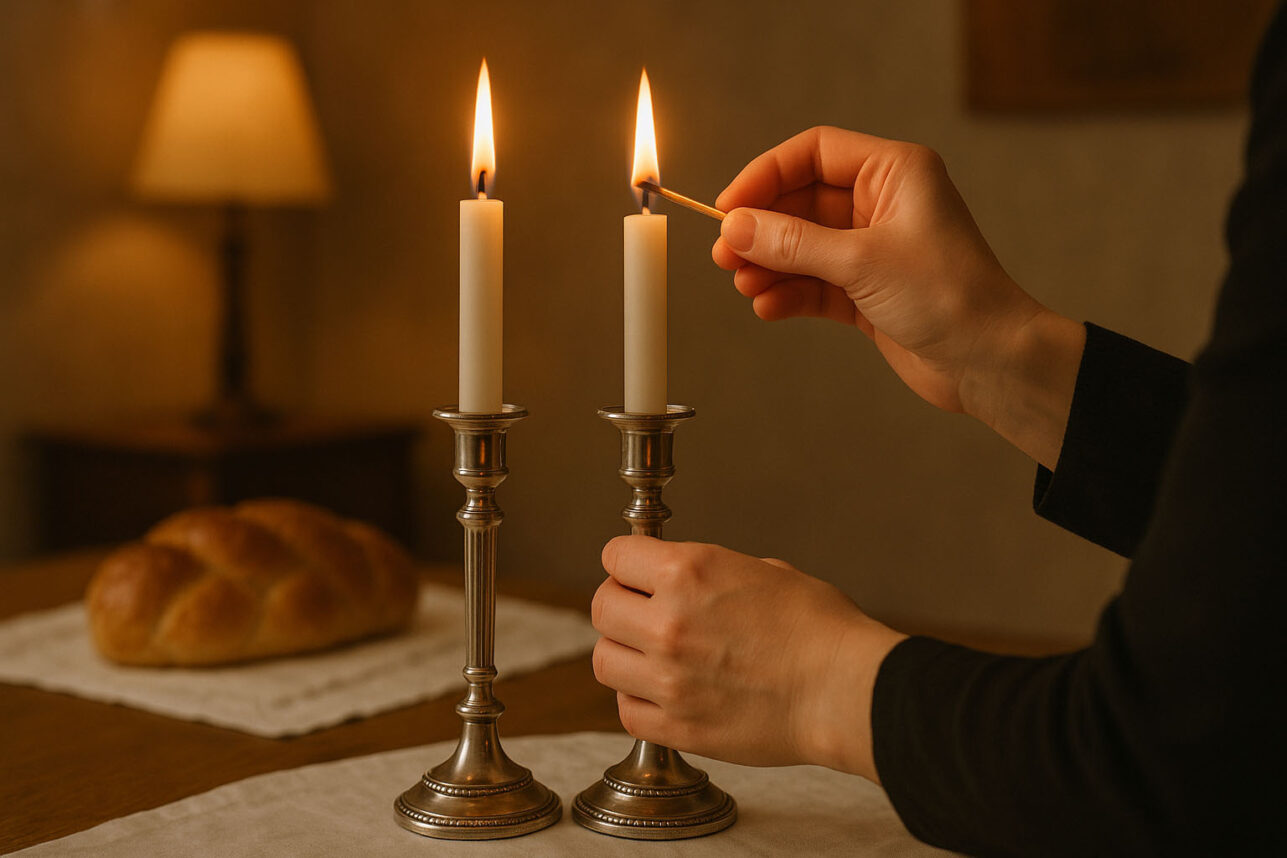
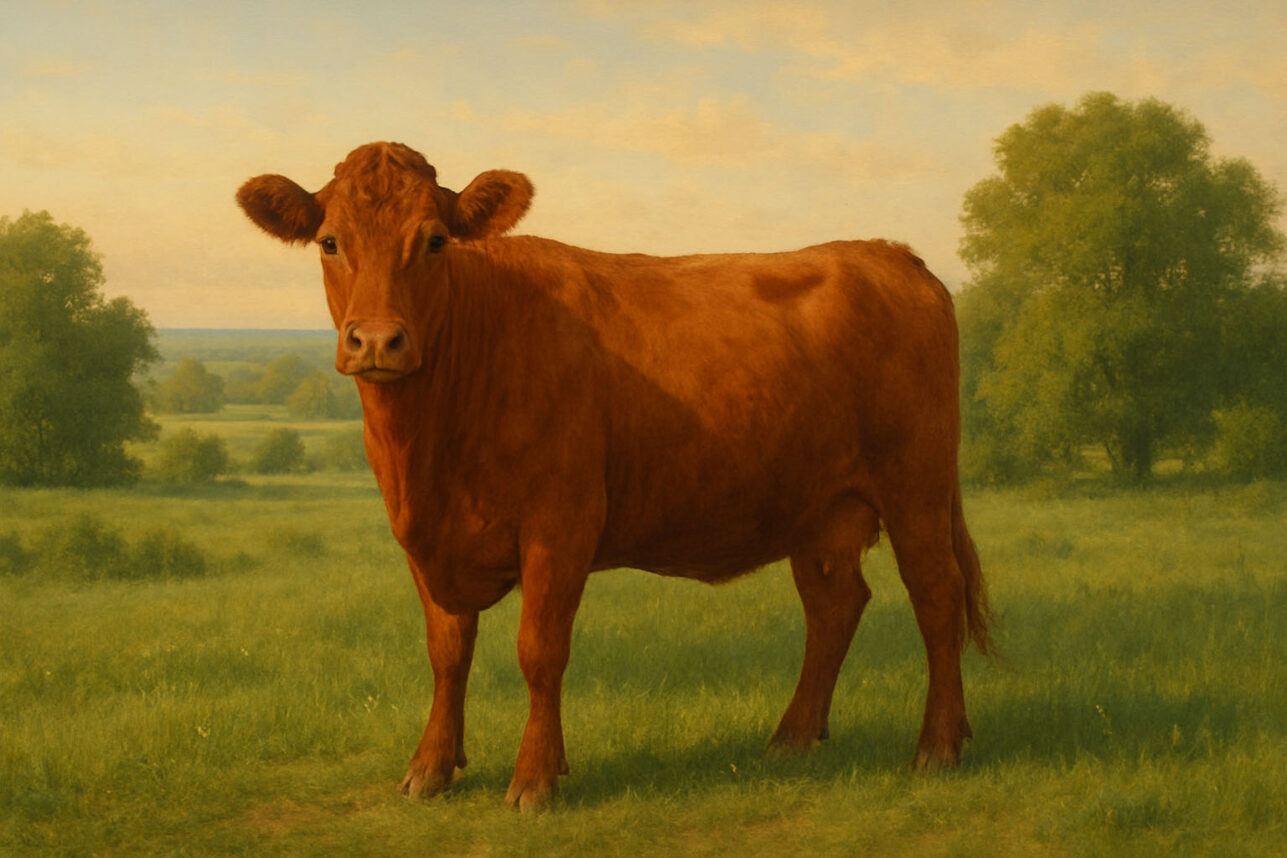









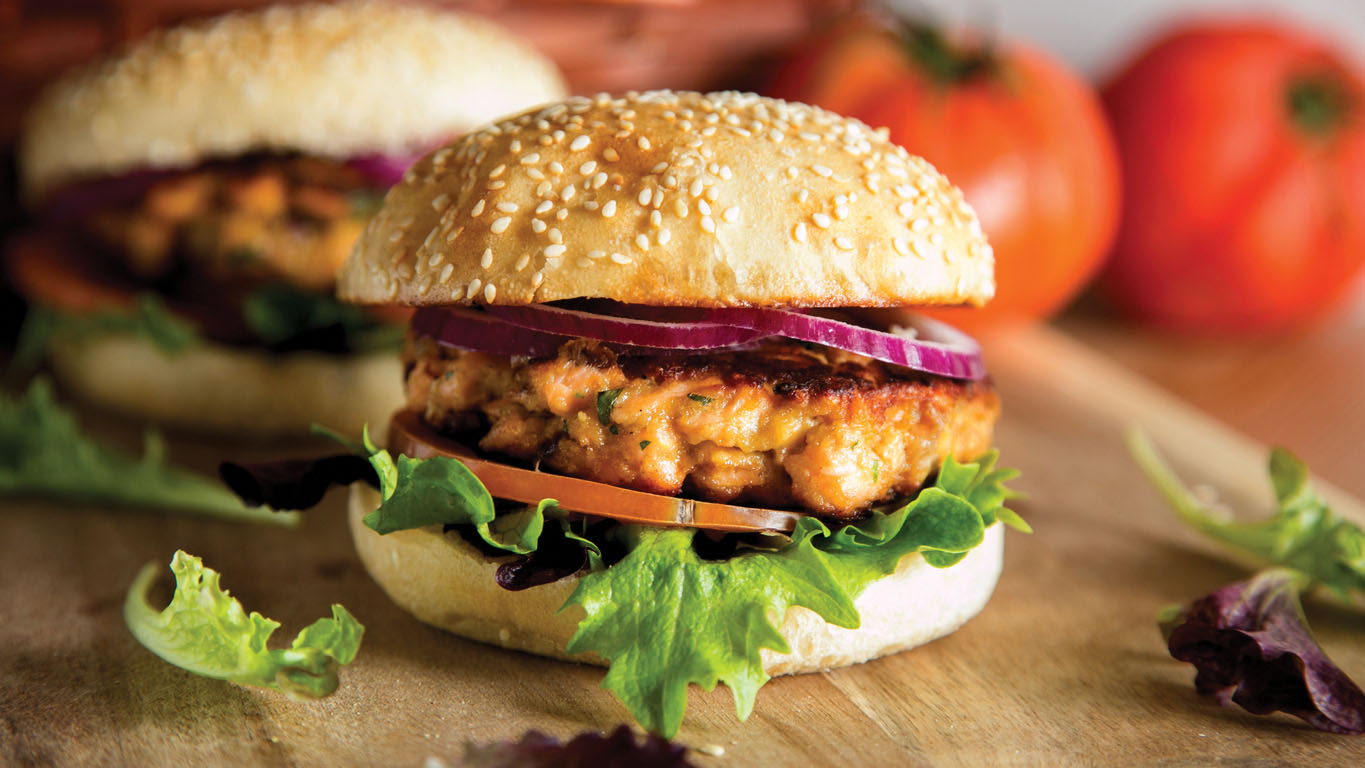
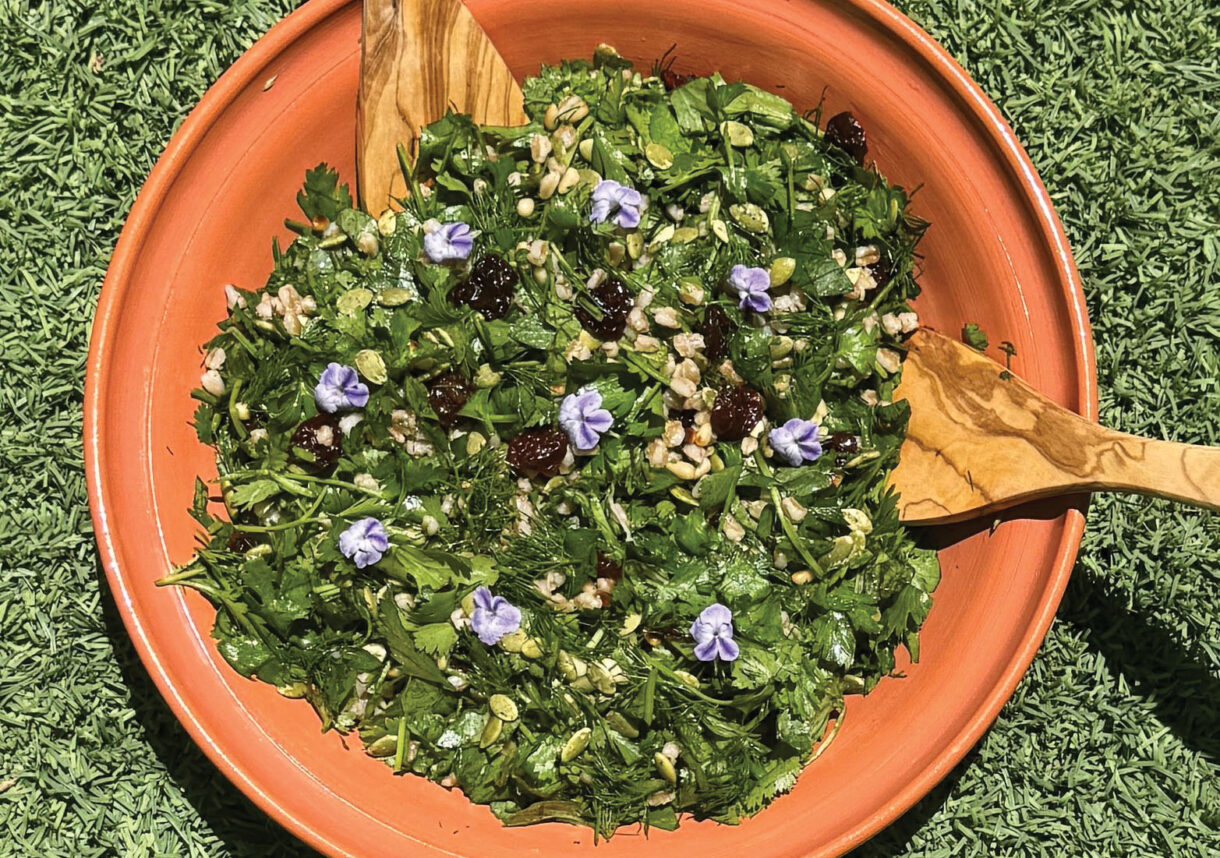
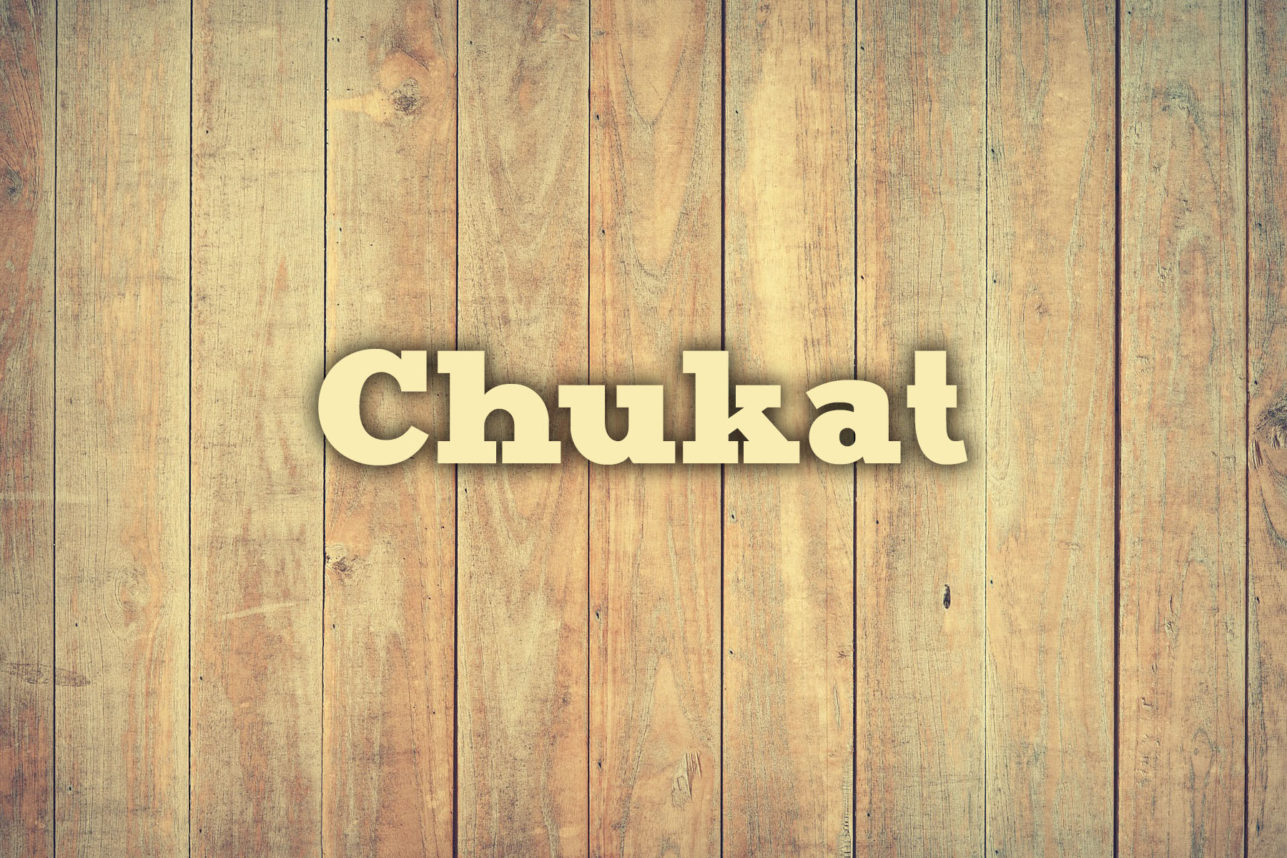

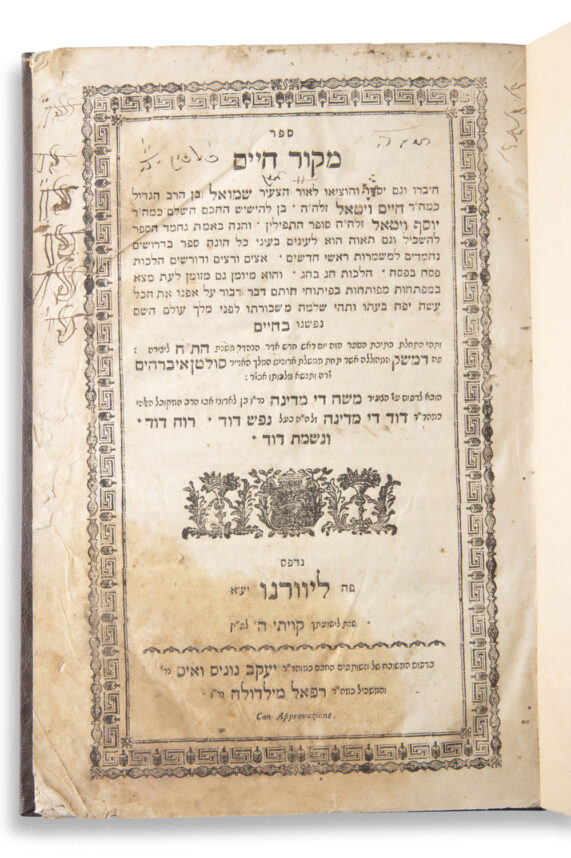


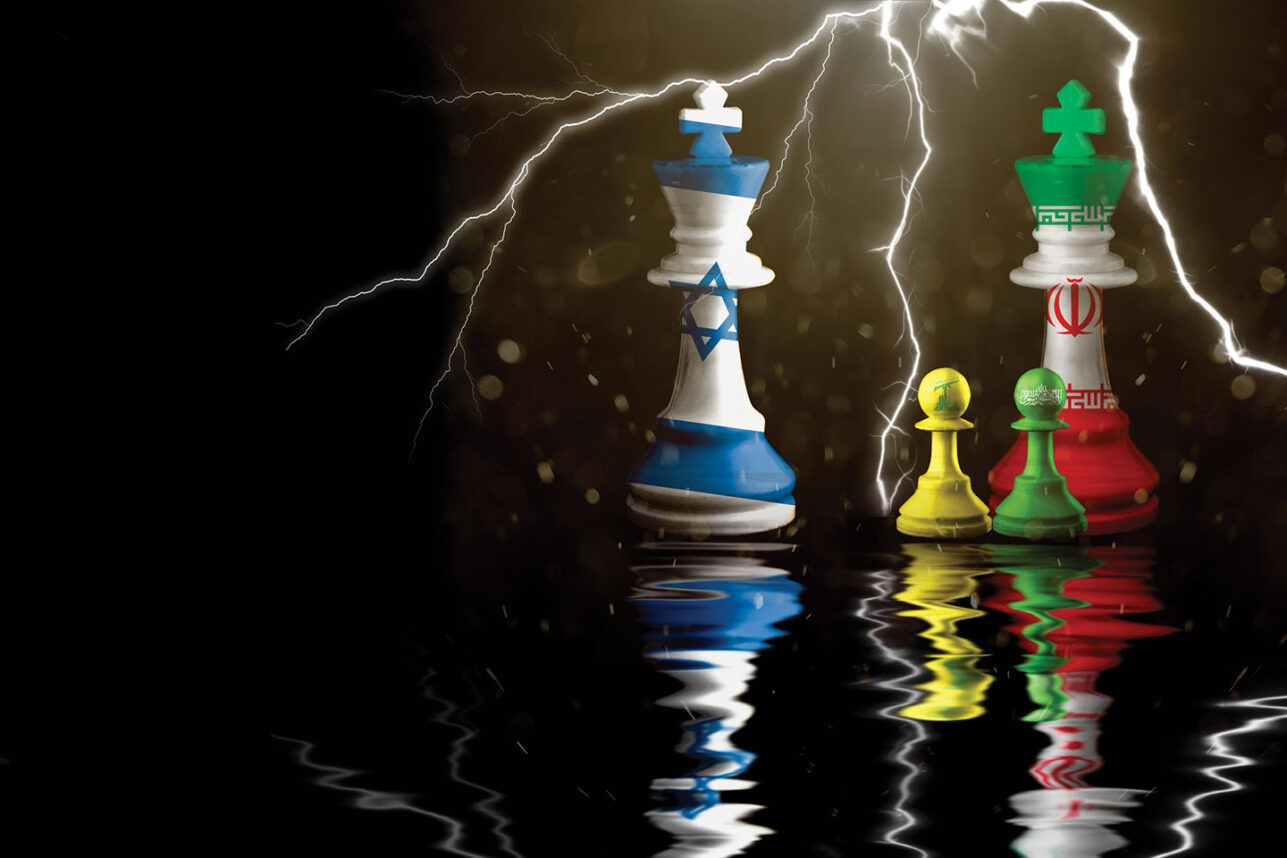

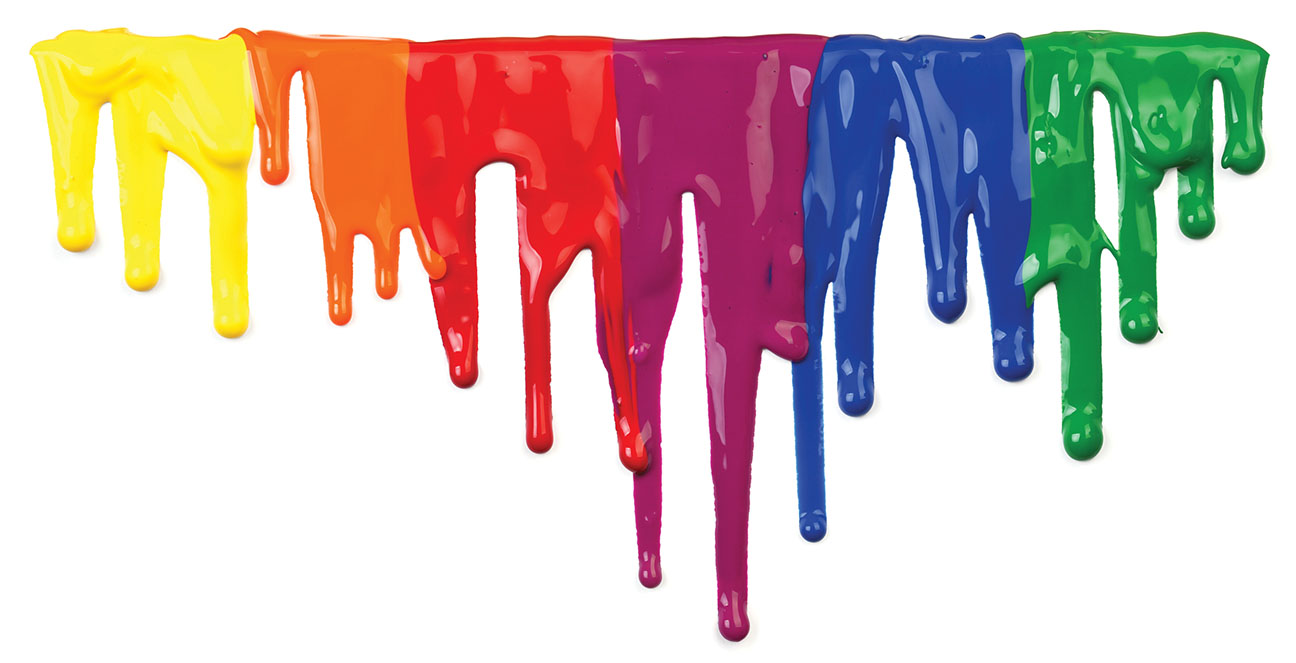



 More news and opinions than at a Shabbat dinner, right in your inbox.
More news and opinions than at a Shabbat dinner, right in your inbox.